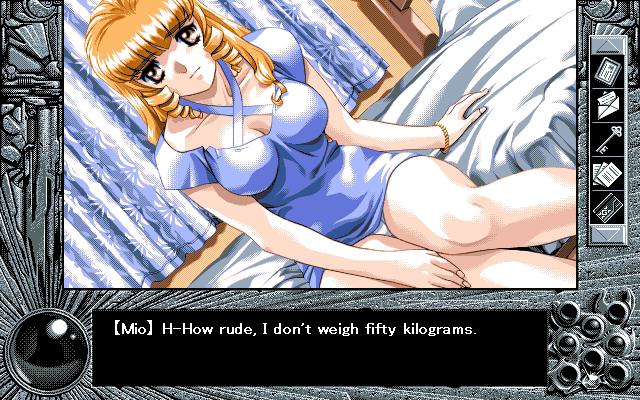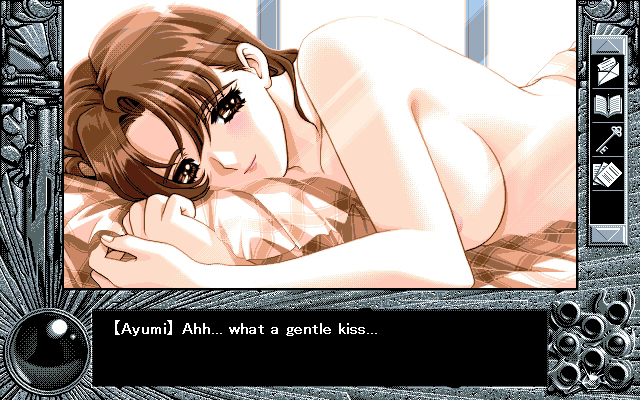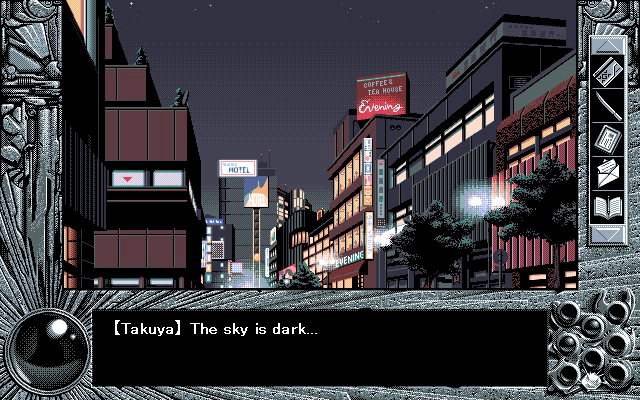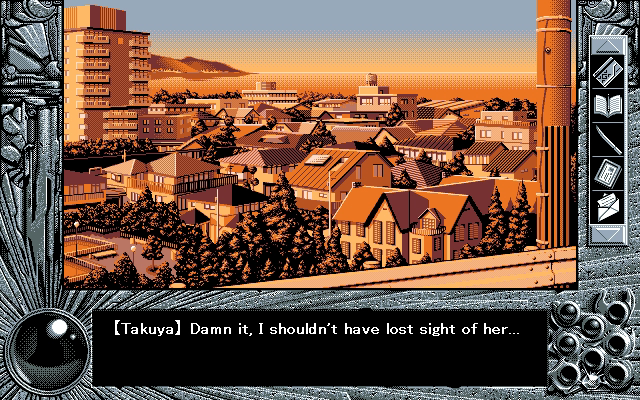In the ADMS section, the player explores these four overall story routes across parallel timelines. The events partially overlap and transpire during the same three days and nights, including the two days of the Prologue.
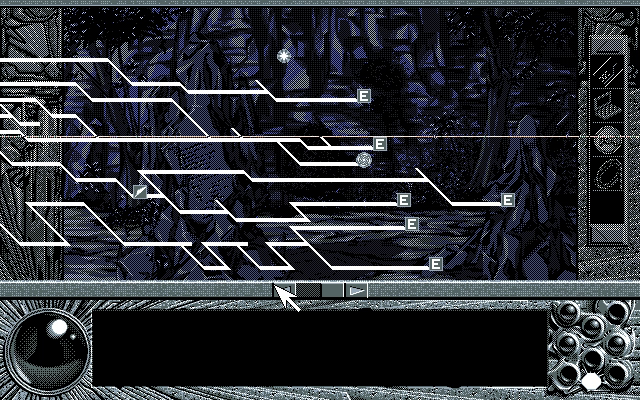
What choices the player makes, usually meaning what locations the player happens to visit, affect which story route Takuya embarks on, but never intuitively. All of Takuya’s progress along a given timeline is charted automatically in a diagram the player can access at any time. I never found much meaning in its seemingly arbitrary bends and turns but appreciate the cosmological forces they imply.
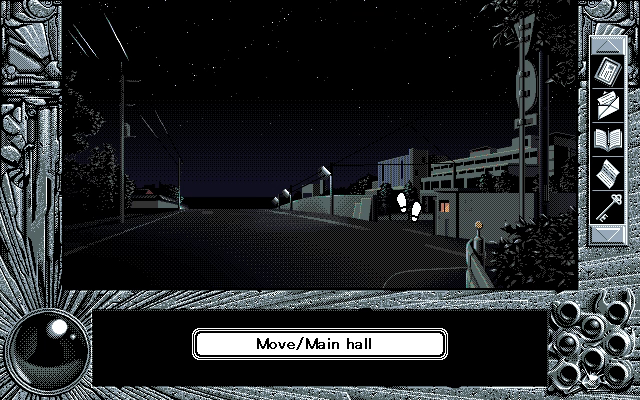
While mentioning positives, the pixel art is top-notch, evocative and often beautiful. The character designs by Nagaoka Yasuchika are a more mixed bag, all with a generic ’90s anime look, not bad but not interesting either. Relative to the 2017 remake designs, which are also generic for their own generation and look too young, the original art direction favors more robust anatomy: instead of needly noodle limbs, the women are somewhat meatier. All have considerable hips and busts except for Kanna and (most of the time) Mio, but by anime standards, their shapely figures are realistic—Eiken, thankfully, YU-NO is not.
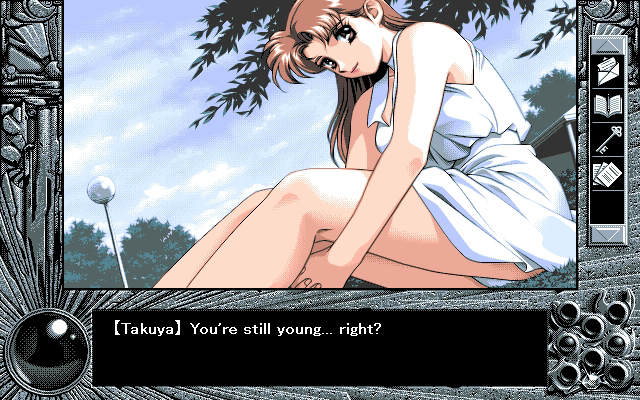
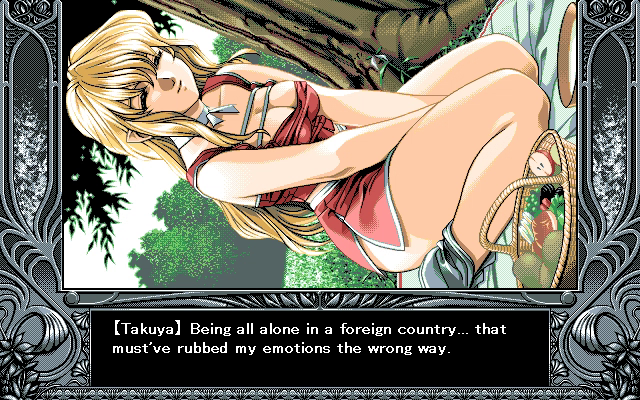
The characters’ resultant sense of weight and presence, the way light shines off hair and eyes and radiant skin, the warm colors, glinting glass, and lived-in detail of the environments ease the player into a luscious atmosphere. Illustrations even of characters sitting around often achieve a dreamy eroticism. The background art is gorgeous, the city at night romantic. And the background art is at times scary, as in the blackness and jagged rock of the Triangle Mountain caves. What jars is how often the artwork is at odds with the narrative, however uneven that narrative is, framing as erotic scenes that, in terms of the dialogue and action, are not erotic whatsoever. I will elaborate below in the “How Lewd!” section.
